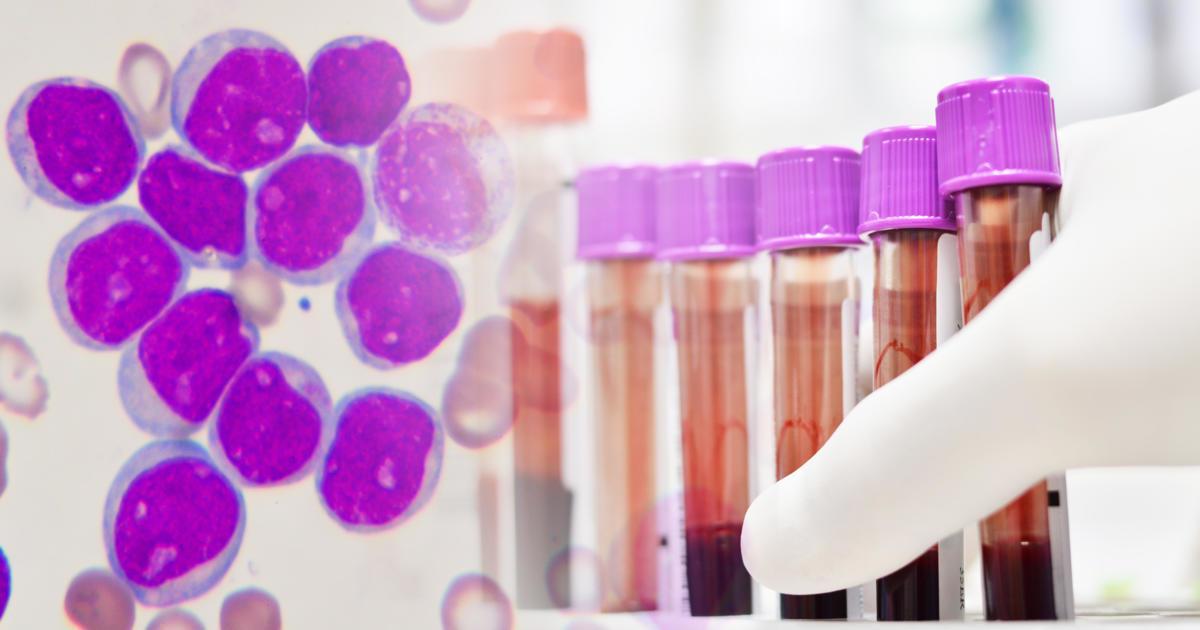Acute Myeloid Leukemia Overview
Acute myeloid leukemia is a form of cancer that affects the blood and bone marrow. It can affect red blood cells, white blood cells, and platelets. Acute myeloid leukemia mainly affects adults and the chance of developing it increases with age. The word acute means the disease or the cancerous cells progress at a rapid pace. An individual experiencing acute myeloid leukemia may have a drastic decline in health over a short period.
Breaking Down Symptoms

Symptoms indicating acute myeloid leukemia vary based on what stage it happens to be at. In the early stages, symptoms can mimic the flu or another similar illness, and typically include fatigue, weight loss, night sweats, fever, and loss of appetite. As the disease progresses, symptoms will vary based on the type of acute myeloid leukemia each patient is suffering from. Patients who have fewer red blood cells than normal can experience weakness, pale skin, dizziness, cold hands and feet, irregular heartbeat, headaches, and shortness of breath, in addition to the early symptoms just discussed.
Patients with fewer healthy white blood cells can experience achy muscles, weakness, fatigue, fever, and diarrhea, as well as an increase in infections. Patients with fewer platelets in AML can experience symptoms such as slower blood clotting, bleeding gums, nosebleeds, ease of bruising, and sores that don't heal well. When acute myeloid leukemia spreads to other parts of the body, it can include symptoms such as seizures, bone and joint pain, blurred vision, facial numbness, balance issues, skin spots or rashes, swelling (belly, neck, groin, underarms, gums, and above the collarbone), and bleeding gums.
Effects On The Body

The actual cells this cancer affects are a specific type of blood cell considered a type of infant cell called myeloid cells, which given the opportunity, will develop into the various types of blood cells such as red blood cells, white blood cells, or platelets, depending on the body's needs. With this type of leukemia, the myeloid cells do not mature the way they are supposed to and continue to build up within the bone marrow. Typically, these cells are a type of white blood cells. In rare cases, some patients develop a solid tumor outside of the bone marrow, which can further hinder the flow and development of blood cells.
